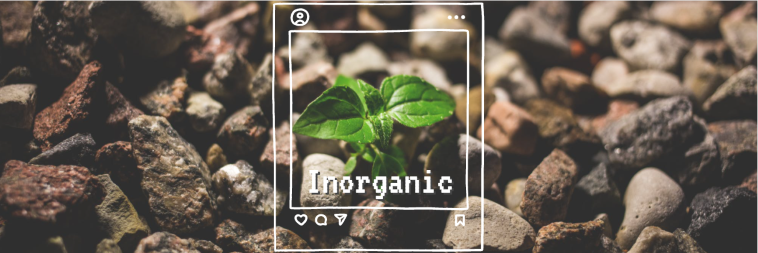Alternative forms of life: The Inorganic

Modern science has given many answers about living beings. It has also described a huge number of life processes, but even so, the paradox remains that we still don’t have a definitive answer to the question: “what is life”?
The non-conservative definition
Based on previous knowledge, we can give a kind of working definition that would read: life is part of a class of phenomena represented by ordered and open systems capable of reducing their internal entropy using substances or free energy obtained from the environment and are continuous in the sense that they can create similar but independent regulated systems.
Using this rather broad, non-conservative definition of life in borderline cases, we can theoretically consider potential alternative life forms such as various types of inorganic, artificial and acellular life, as well as potentially the earliest theoretical life forms on Earth such as RNA life, iron-sulfur life, etc.
In this text, we will dwell on the theoretical consideration of the existence of inorganic life.
The organic as we know it
Life as we know it on Earth is based on complex molecules of three-dimensional structure whose core is the carbon atom. In addition to carbon, three other elements (hydrogen, oxygen, and nitrogen) are also part of the molecules important for life, and they make up to 99% of all atoms of living cells, while the remaining 1% are made up of 12 other chemical elements.
We call these compounds organic, and in all living beings known so far, they are necessary both structurally and functionally. This is the only pattern of life we know, but the big question is whether it is the only possible one.
What about the inorganic though?
When we mention inorganic life, we generally mean life that is not based on carbon but on some of the potential carbon substitutes such as silicon, phosphorus and nitrogen or even more exotic ones such as those with arsenic, chlorine, and sulfur.
However, here we will not deal with the above-mentioned forms, but with the possibility of the existence of radically different inorganic forms of life, such as life in interstellar dust.
Namely, a group of scientists composed of experts from the Russian Academy of Sciences, Max-Planck Institute from Germany and the Institute of Physics in Sydney published this year a paper entitled “From plasma crystals and helical structures to inorganic living matter” considering the possibility of life in some forms it can exist in some places that are, from the aspect of life as we know it, very inhospitable.
This group of scientists started from the assumption that there is a possibility that dust particles suspended in plasma, which are similar to the conditions in interstellar dust, can self-organize.
It was thought that the level of particle organization would not be particularly high, however, simulation of these conditions using a computer model showed that dust particles in these conditions self-organize into microscopically small, helical structures that have the ability to multiply themselves, interact with the environment and evolve into more stable shapes.
This could be a significant step forward in understanding the phenomenon of life and the possible principles on which it can rest, even though it is only a computer simulation.
The conditions simulated in addition to being similar to the conditions in interstellar dust are very similar to the conditions that prevailed on our planet in the early stages of its evolution, which opens the possibility that similar structures could have developed on Earth to represent some types of molds for the development of similar organic molecules as we know them today.
These theoretical speculations don’t have to correspond to the essential reality at all, but they can be useful to astrobiologists as a warning when searching for life in space, so let’s keep an open mind.

